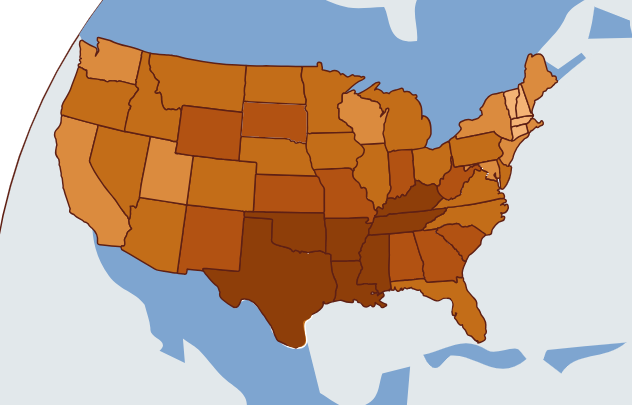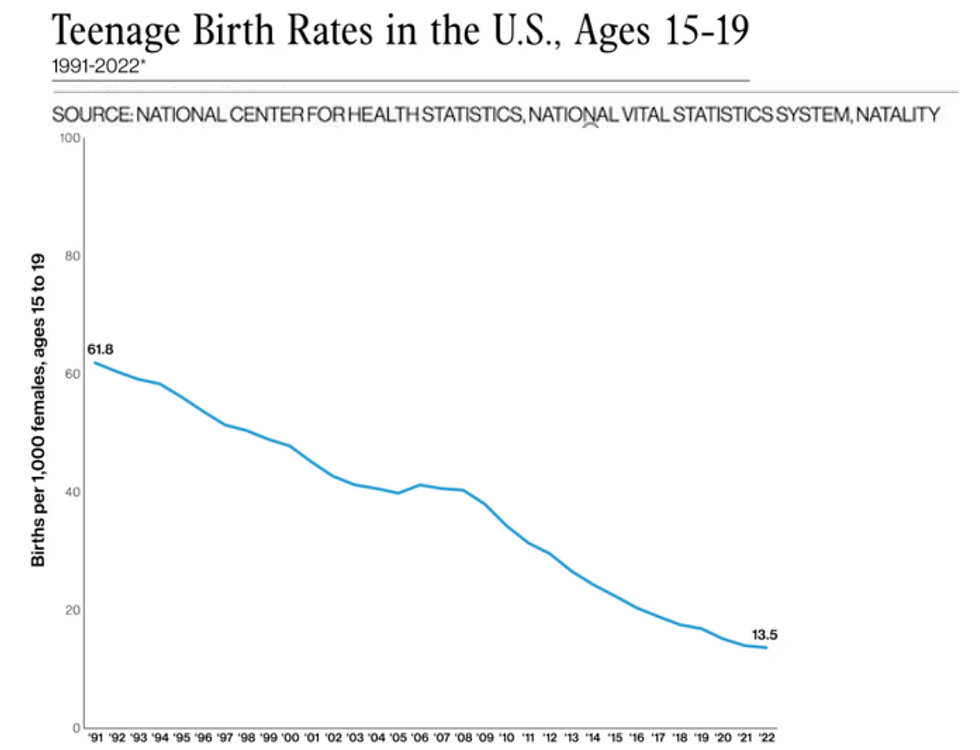Teen Pregnancy in the United States
- Chinekwu Obidoa
- Nov 11, 2024
- 2 min read
Updated: Mar 4

A Complex Decline in Teen Pregnancy Rates
Since 1991, teen birth rates in the United States have seen a remarkable drop. This progress highlights the effectiveness of certain public health efforts. However, the issue is far from resolved. Teen pregnancy remains a pressing challenge, especially within specific populations where rates continue to be disproportionately high. African American and Hispanic teens, for example, experience rates that are well above the national average, signaling an ongoing need for more effective interventions.

Teen Pregnancy in the United States: A Comparative Overview
Despite significant declines over the past few decades, the United States continues to have higher rates of teen pregnancy compared to other developed nations. In 2022, the U.S. reported a birth rate of 13.6 per 1,000 females aged 15–19, a 78% reduction from the 1991 peak of 61.8 per 1,000. However, this rate remains elevated when contrasted with countries like Switzerland, which reported a teen birth rate of 4.1 per 1,000 in 2009. The decline in U.S. teen birth rates is attributed to factors such as increased abstinence and more effective use of contraception among teenagers. Despite this progress, the U.S. rate remains higher than in many other developed countries.
International comparisons highlight this disparity. For instance, in 2013, the U.S. had a teen birth rate of 26.6 per 1,000, whereas countries like Denmark, Japan, the Netherlands, and Switzerland had rates below 5 per 1,000. These differences underscore the need for continued efforts to address teen pregnancy in the United States.
The Challenges of Prevention Efforts
Many existing prevention programs focus on changing individual behaviors but often overlook the larger structural issues that influence teens’ lives. Programs aimed at individual risk reduction have been less effective in communities facing systemic barriers like restricted healthcare access or limited resources for comprehensive sexual education. These factors make it difficult for programs to fully address the needs of vulnerable groups, leaving critical gaps in efforts to reduce teen pregnancy across all communities.
Sources:
Centers for Disease Control and Prevention (CDC), "Health Disparities Experienced by Black or African Americans — United States."
National Center for Health Statistics, "Births: Final data for 2022," National Vital Statistics Reports.
Hall, K.S., et al., "Adverse life experiences and risk of unintended pregnancy in adolescence and early adulthood," SSM - Population Health.
Centers for Disease Control and Prevention (CDC), "Teen Birth Rates by State," National Center for Health Statistics, https://www.cdc.gov/nchs/pressroom/sosmap/teen-births/teenbirths.htm.


Comments